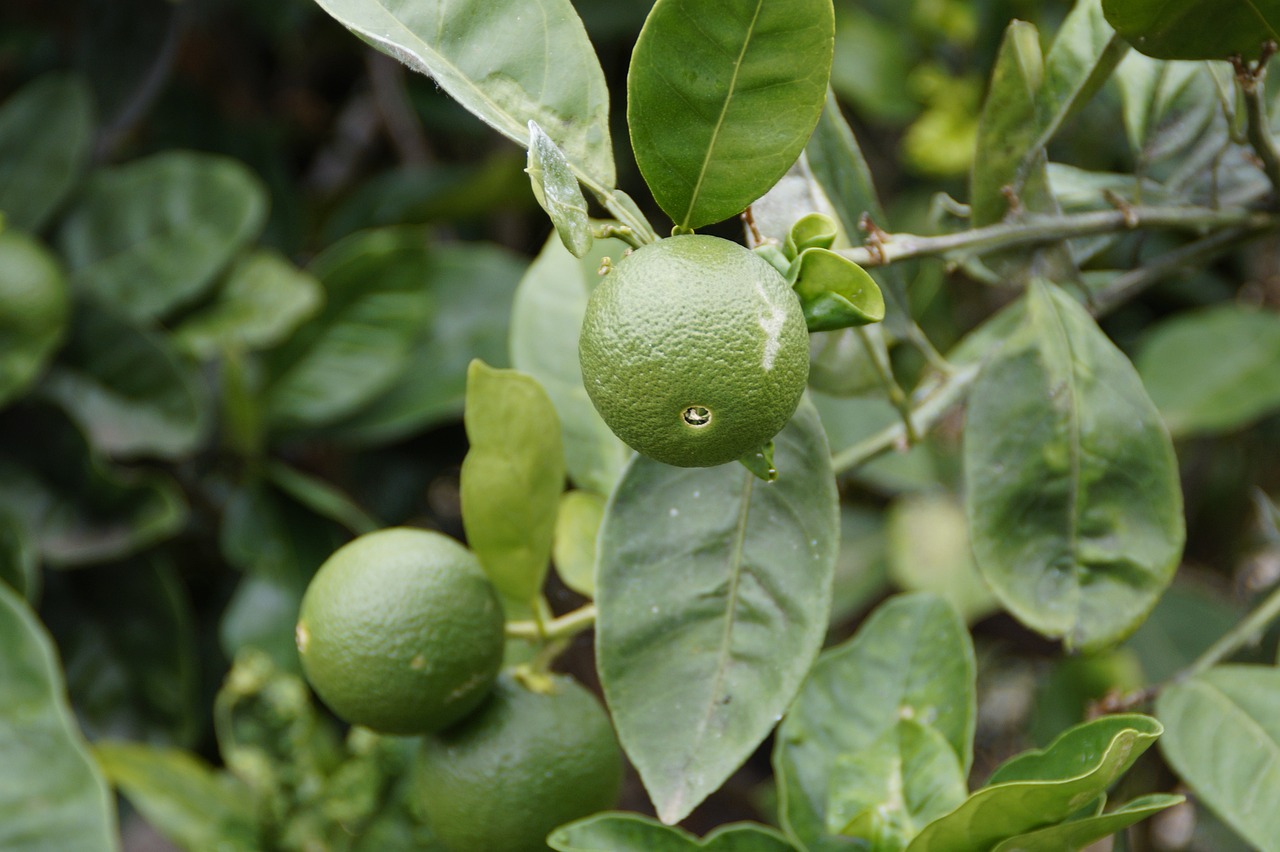Citrus fruits, such as limes, have been cultivated for thousands of years for their refreshing flavor and their numerous health benefits. Among the many citrus species, lime trees hold a unique position due to their compact size and tangy fruit. However, a common question raised by novice gardeners and citrus enthusiasts is, “Do Lime Trees Have Thorns?”
While not all lime trees have thorns, many of the common varieties do. These thorns, while they may seem aggressive or out of place, actually serve a significant role in the tree’s growth and survival, protecting them from various pests and harmful factors.
The Nature of Lime Trees
What are Lime Trees?
Lime trees are small, evergreen trees or shrubs that belong to the Rutaceae family. They are known for their vibrant, round fruits that are prized worldwide for their unique, tart flavor. Depending upon the variety, lime trees can grow between 6 and 13 feet tall. They are characterized by their dark green leaves, fragrant flowers, and of course, their distinctive thorns.
Common Varieties of Lime Trees
There are numerous varieties of lime trees, each with its own distinct characteristics. The Key Lime (Citrus aurantifolia), also known as Mexican lime or West Indian lime, is renowned for its small, aromatic fruits and thorny branches. The Persian Lime (Citrus latifolia), also known as Tahiti lime, typically bears larger, seedless fruit and has fewer thorns. The Kaffir Lime (Citrus hystrix), unique for its double-lobed leaves and bumpy fruit, also has thorny branches.
Lime Trees and Their Environment
Lime trees thrive in warm, subtropical and tropical environments. They are sensitive to frost and require full sun exposure to produce high-quality fruit. The presence of thorns in many lime tree varieties is a defense mechanism developed to thrive in these environments. The thorns deter animals and pests, protecting the tree and its fruits from damage.
Do Lime Trees Have Thorns?
Why Do Lime Trees Have Thorns?
As aforementioned, many lime tree varieties do bear thorns. These thorns serve a protective purpose. Young lime trees, in particular, tend to have a higher number of thorns. These thorns deter pests and larger animals from damaging the tree. As the tree matures, it often produces fewer thorns.
How to Identify Thorns on Lime Trees
Thorns on lime trees can be quite sharp and are typically located at the nodes, where leaves and branches connect. Depending upon the variety, these thorns can vary in length from a small prick to several inches long. It’s crucial for anyone handling or pruning lime trees to be cautious to avoid injury.
The Exception: Thornless Lime Trees
Although most lime tree varieties have thorns, there are exceptions. Certain cultivated varieties, such as the ‘Thornless Mexican Lime,’ have been selectively bred for home gardens to minimize the risk of injury. These thornless varieties are equally capable of producing quality fruit, proving that while thorns can aid in the tree’s defense, they are not essential for successful growth or fruit production.
Caring for Your Lime Tree
Pruning Lime Trees
Regular pruning helps maintain the health and productivity of a lime tree. When pruning, it’s important to be aware of and careful around the thorns. Pruning should focus on maintaining the tree’s shape, promoting airflow, removing dead or diseased wood, and controlling height for easier harvesting.
Fertilizing Lime Trees
Lime trees require regular feeding to sustain their vigorous growth. A well-balanced citrus fertilizer applied in late winter, late spring, and early autumn is typically sufficient. Lime trees planted in sandy soils may require more frequent fertilization.
Protecting Lime Trees from Pests and Diseases
Thorns can help protect lime trees from pests, but additional measures are often necessary. Regular inspections can help identify pest infestations early, such as citrus leaf miners or aphids. Common diseases include citrus canker and greening disease, both of which can significantly affect tree health and fruit production.
Conclusion
So, do lime trees have thorns? Most commonly, yes, but there are thornless varieties as well. Regardless of whether a lime tree has thorns or not, their care and cultivation remain largely similar. These trees continue to fascinate and challenge gardeners, offering not only their tangy fruit but also the satisfaction of nurturing such a unique specimen. Understanding their thorny nature is just one aspect of the full, enriching journey of growing lime trees.


